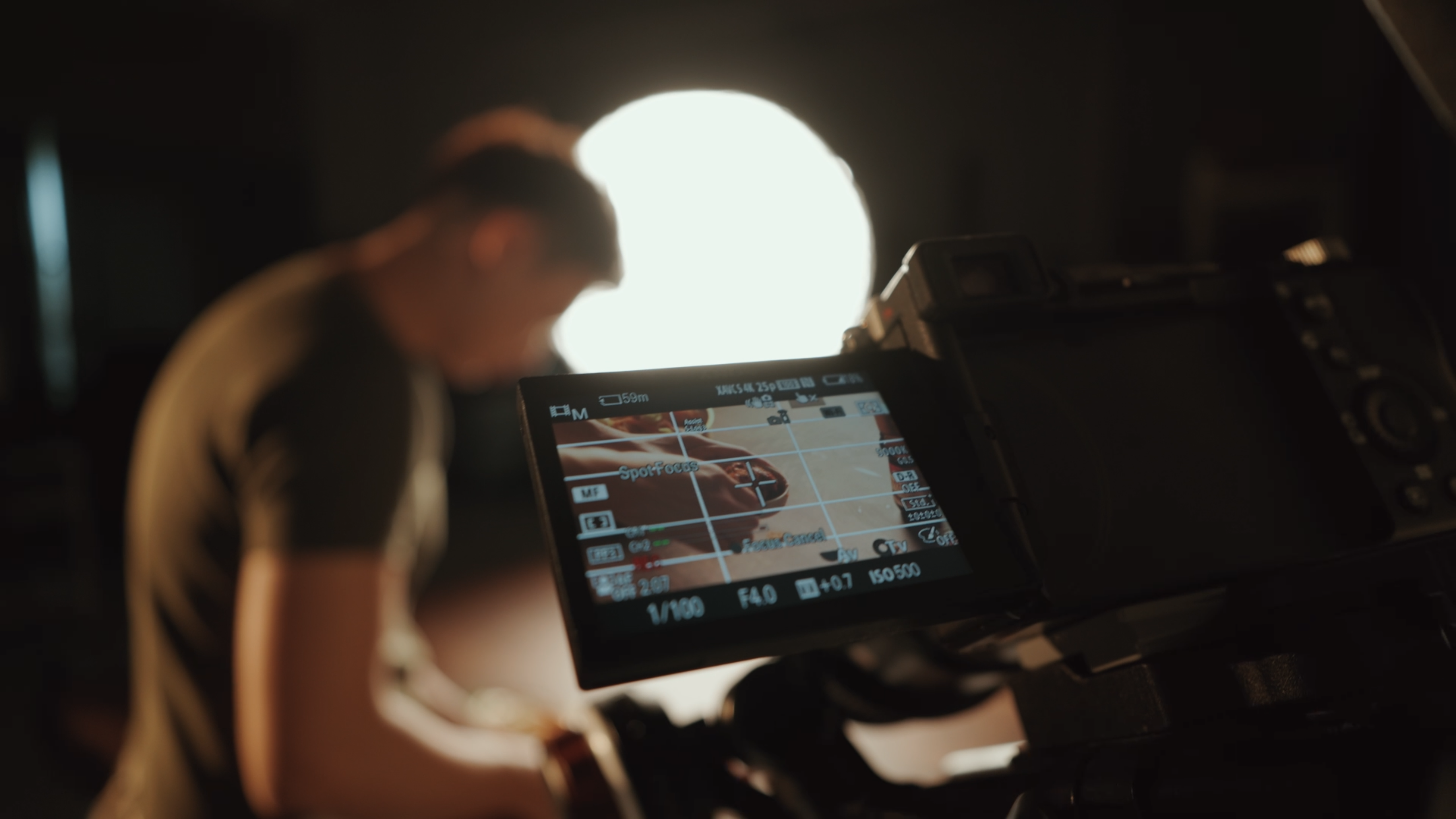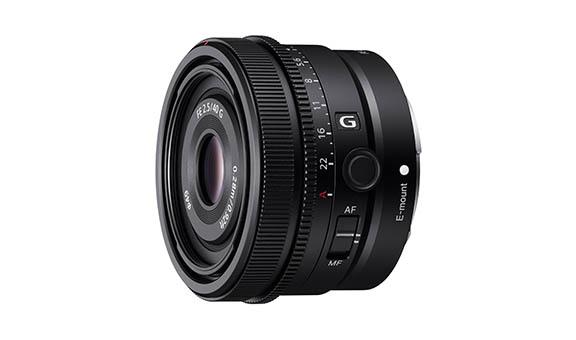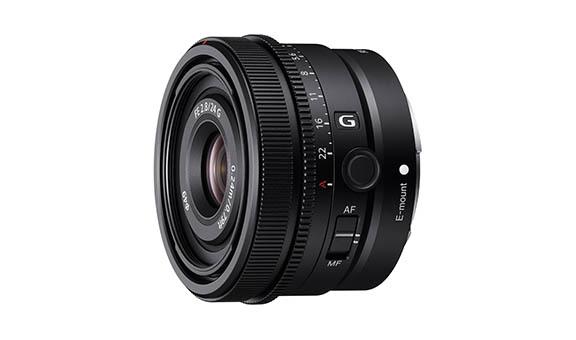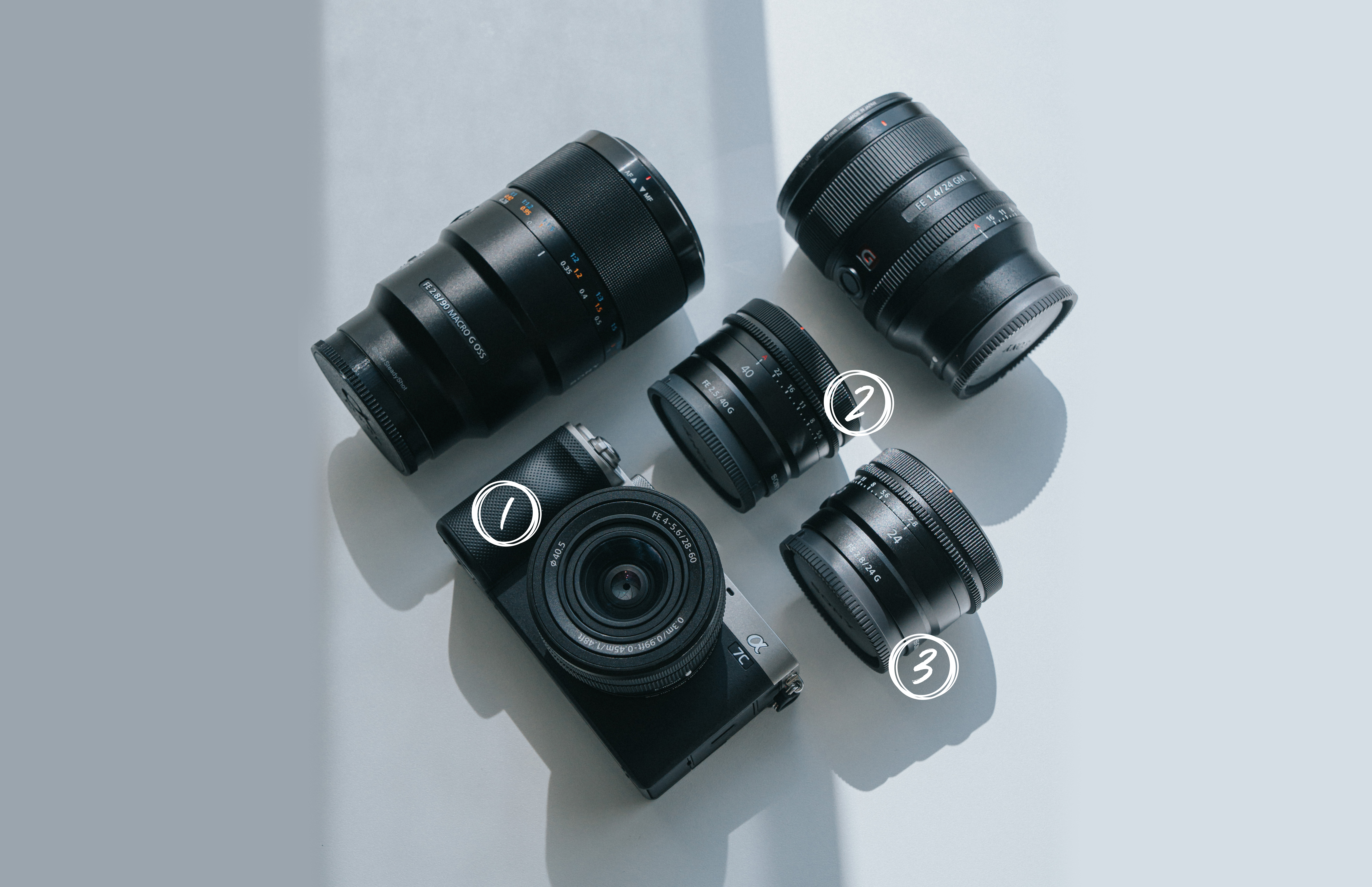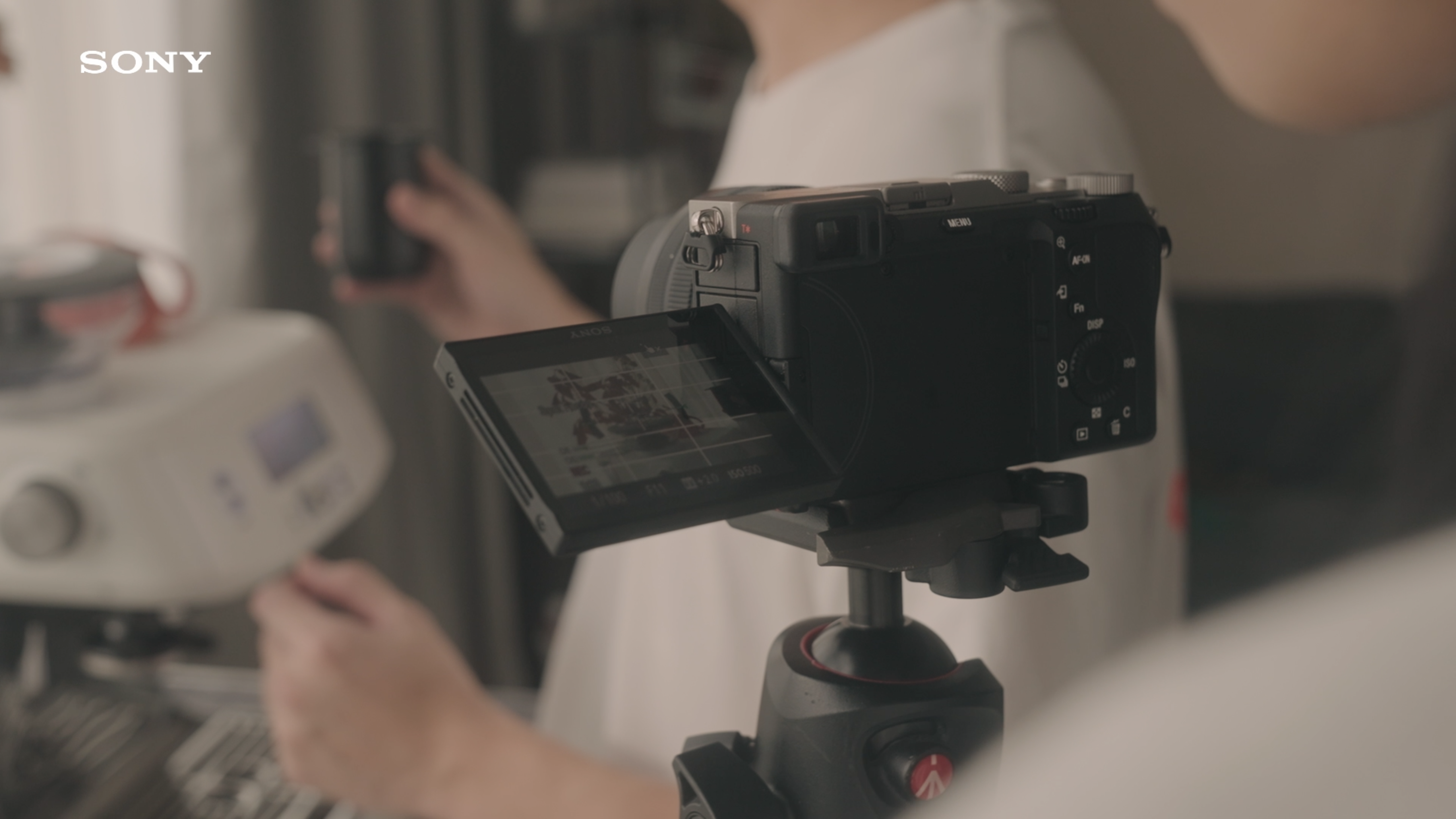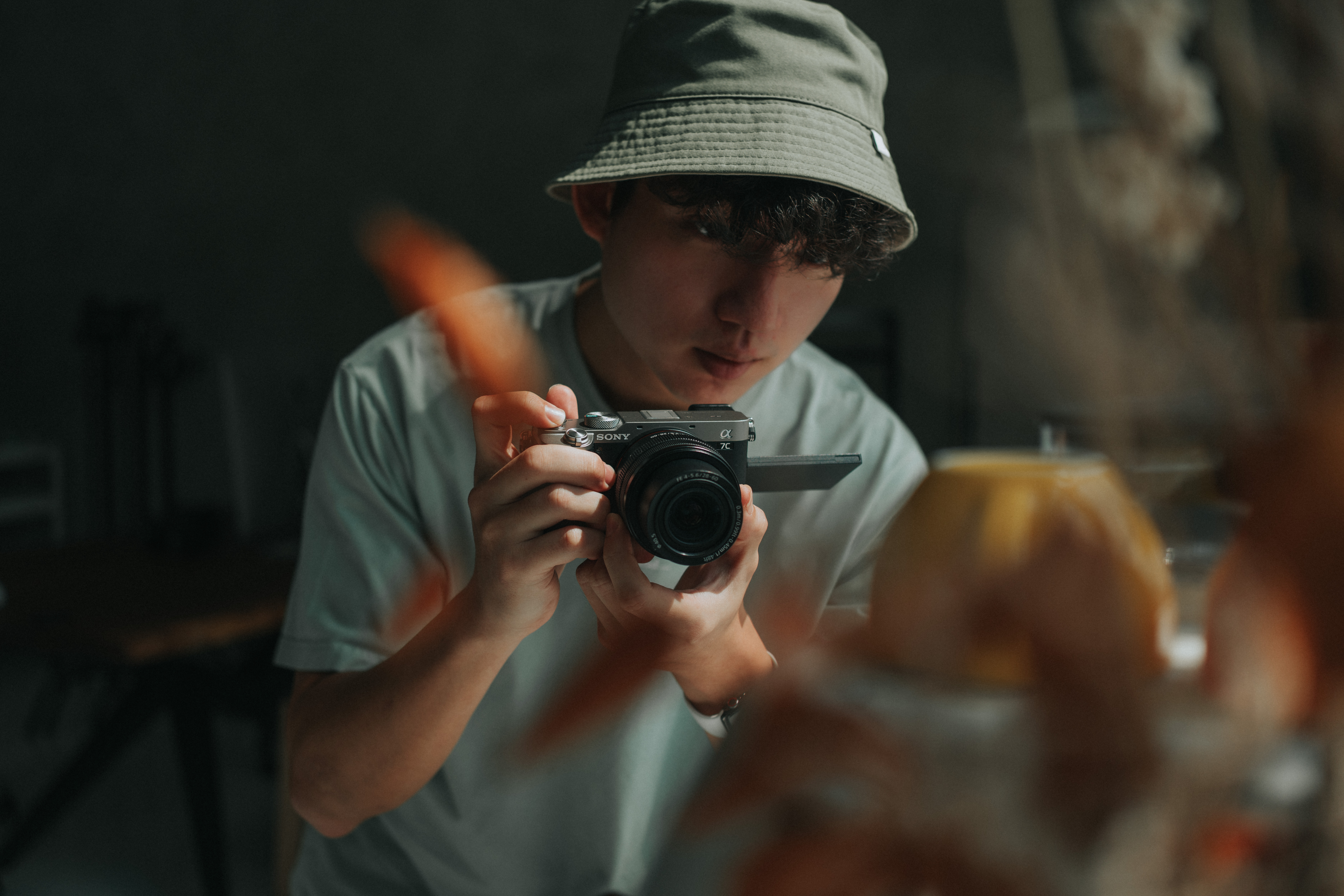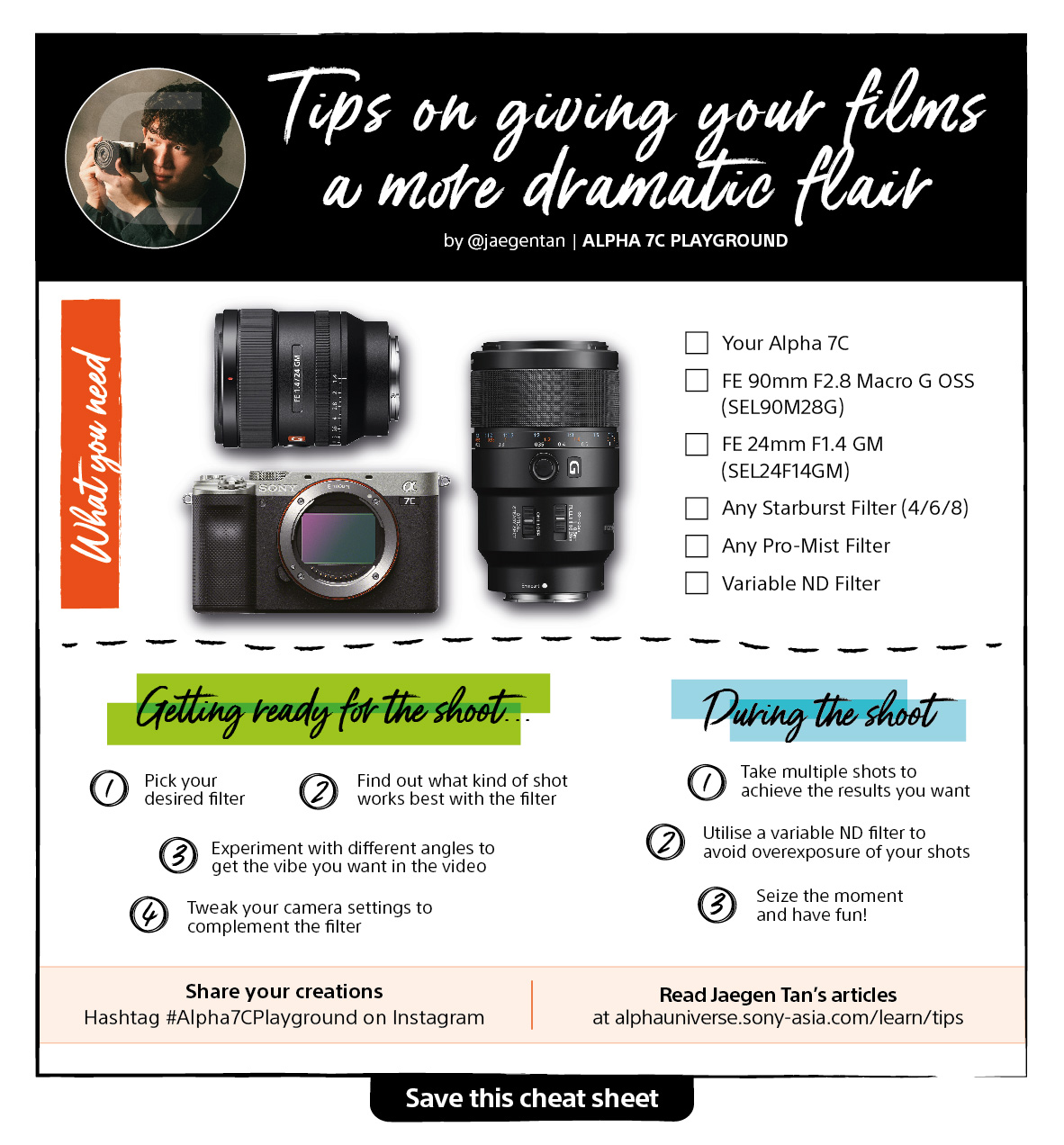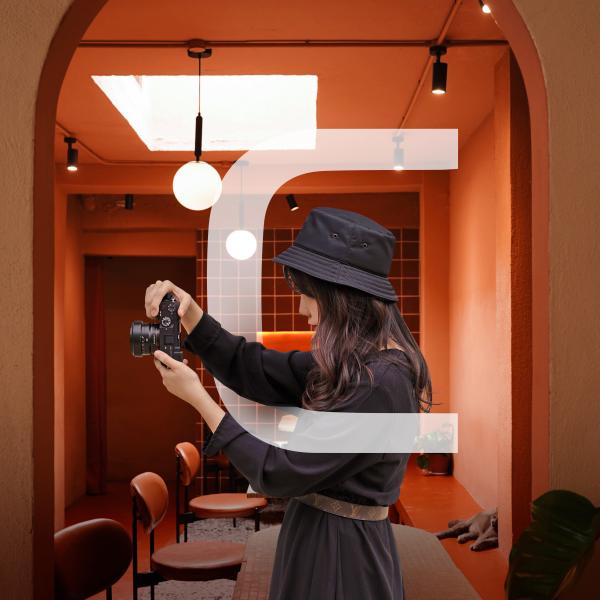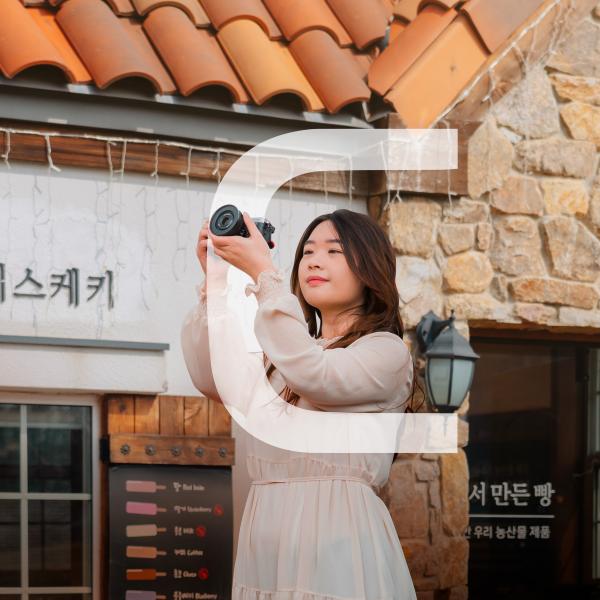Composition and Framing Techniques

If you keep your shot in mind, it is easier to compose the angles and identify the key elements you want in your frames. It can also be useful to have guides to help you learn and keep you within the safe zone for future use of your shots.”
If you keep your shot in mind, it is easier to compose the angles and identify the key elements you want in your frames. It can also be useful to have guides to help you learn and keep you within the safe zone for future use of your shots.”
Products
Featured
Here’s what you’ll need
Understanding how your camera works
Getting to know the capabilities of your camera is very important as it can be a beneficial tool when it comes to shooting. Using the Alpha 7C’s guidelines and safety markers is a simple way to help frame your shots while filming, and it’s something that I do daily. If you need extra room to better view your subject, a great way would be to use the flip-out LCD screen on your camera. I also use an external monitor just in case I miss out on something in my shots or want to have an additional option to have a second screen to check my footage.
With the guideline feature, I can frame my shot to what I have in mind when filming. Be it 16:9 (Landscape) or 9:16 (Portrait), I can maximise shooting at a higher resolution such as 4k 25fps on the Alpha 7C and crop in when dealing with the footage in post-production.
Extra Tips
A handy tip that I use whenever it comes to framing would be to assign the grid line to a specific shortcut on my Alpha 7C (C4), as I can turn this function on and off with a single touch of a button. Remember, having the lines in your monitor is just a guide, so when it comes to shooting, you would want a clearer view of the frame, so turning this function off is a great way to get a cleaner view of the frame. You can always turn this feature back on whenever you reset your frame for your next shot.

